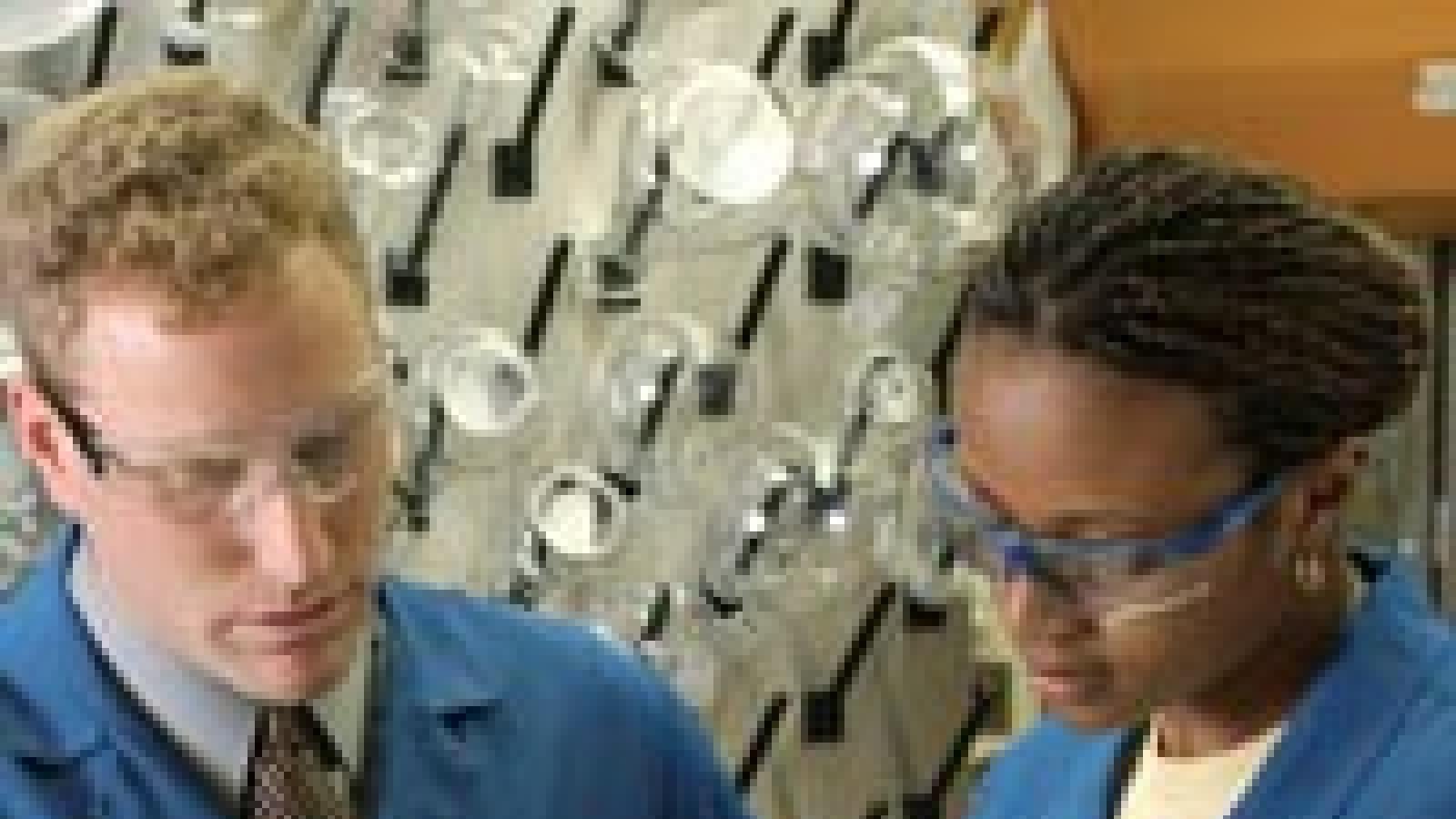 Department: Civil Engineering
Department: Civil Engineering
Project: Wastewater treatment plan for Villa Pesqueira, Mexico
"Our design could be chosen as the wastewater treatment for the town."
Mohammed Said arrived in the United States as a 10-year old boy who didn’t know English. He graduated from CU with a bachelor of science degree in civil engineering with a focus on water resources.
Mohammed decided to become an engineer when he returned to his birthplace in Ethiopia during the summer between his sophomore and junior years in high school. He was there for three months and saw the prevalence of poor road conditions and dirty drinking water. The experience lit his interest in actively effecting change to improve people’s day-to-day lives. “If you go into politics, you talk a lot about change, but as an engineer you can actually make change happen, with your own hands,” he says.
Mohammed had the opportunity to put his education to use. As part of Professor Angela Bielefeldt’s Environmental Engineering Design class, he and about 10 of his classmates worked on the design for wastewater treatment for Villa Pesqueira, Mexico. Located about one hour north of Hermosillo in San Miguel county, State of Sonora, Mexico, Villa Pesqueira (population 3,648) needs a plan for sanitation. The students traveled to Hermosillo, Mexico to meet with government officials and then visited Villa Pesqueira for a short site visit before working on a design solution that incorporated long-term sustainability from water resource, energy, human capital, and environmental perspectives.
“After meeting with [the] mayor I truly felt the significant role we were playing," Mohammed says. "Our design could be chosen as the wastewater treatment for the town. I heard that before going to Mexico, but after the meeting with the mayor, it felt real.”




